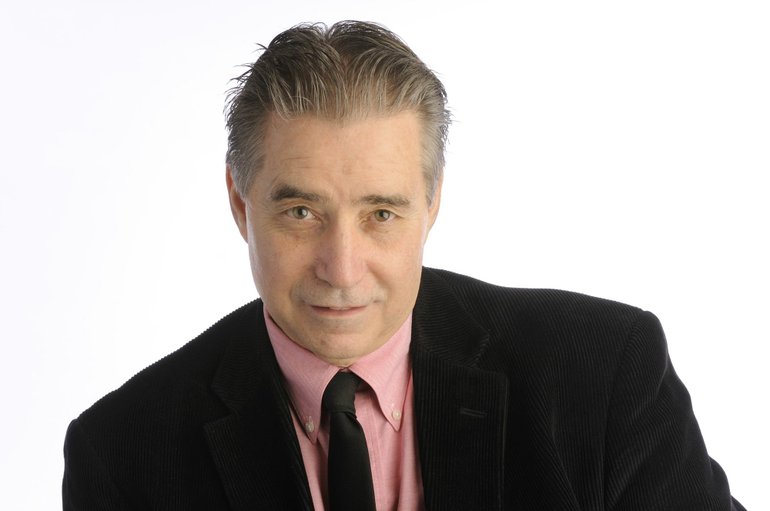Good morning, class! Today’s discussion will be about the various retirement plans workers in this country have. Basically, there are two types of plans: pensions and 401(k)s. How do they differ?
Yes, Noodles?
“Well a pension is a defined benefit, meaning no matter what happens in the world economy, you get what your employer said you were going to get.
“A 401(k) is a defined contribution. With a 401(k), an employer may match a contribution an employee makes to his or her retirement, but that’s it.”
So which one is better and, by extension, more expensive to the employer? Jake?
“Pensions, of course. If the stock market tanks, for example, your 401(k) retirement is likely to tank with it. But if you have a pension, the employer is guaranteeing you a certain amount, so they have to come up with it regardless if investments tank.”
Well stated, Jake. Let’s move on. So if we look at private workers and public workers, who has pensions and who has 401(k)s? Jimmy?
“Well, I suspect they’re both pretty evenly distributed between private and public workers.”
Fernando, you have something to add?
“Keep up, Jimmy, it’s nowhere close to evenly distributed. About 80 percent of public employees get pensions. Less than 20 percent of private employees have them.”
Jimmy?
“What the … ?”
Easy, Jimmy. Fernando is correct. So let’s explore this. Who, essentially, is paying for public workers’ pensions? Hannah?
“The working stiffs. Mostly private workers.”
So can one draw a fair conclusion from this? Cooper?
“The private-sector working stiffs are paying for the public-sector pensions even though the working stiffs don’t have pensions themselves?”
Fair observation. But was there a time when more private workers had pensions? Danni?
“Yes. But as the world economy blossomed, the market forced private companies here to be more competitive, and they could no longer afford pensions. But the public sector never followed suit. So we’ve ended up with a two-tiered retirement system. Public pensions and private … not so much.”
Jimmy, ring the bell! That answer gets a gold star. So who thinks that’s fair?
Anybody? Anybody? Anybody?
OK, we’re hearing now that folks are up in arms about Wall Street greed. Personally, I agree. Any comparisons we can draw here? Noodles?
“Sounds like the working stiff is getting squeezed on both ends. Wall Street and politicians!”
Fair enough. But is there any way to even out this retirement inequity? Hannah?
“Well, shouldn’t politicians be looking out for everyone, not just the public workers? Can’t they change this?”
They could, I guess, Hannah. But does anyone know what kind of retirement system most politicians are on? Cooper?
“Let me guess, the same pension plan their workers are on?”
Ring the bell again, Jimmy. Yes, something to add, Jimmy?
“Seems like the taxpayer is really stuck here. No way out.”
Fernando, last point before the class is over?
“Is there any more space debris out there that maybe could fall on …”
Class dismissed.
Lou Brancaccio is The Columbian’s editor. Reach him at 360-735-4505 or
lou.brancaccio@columbian.com.




